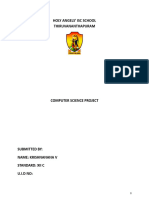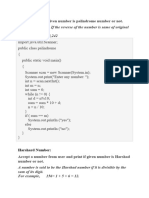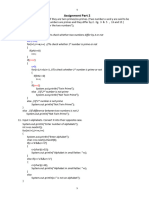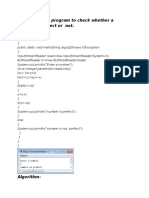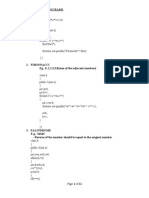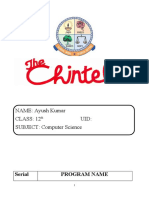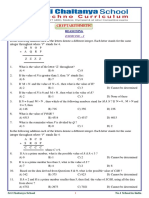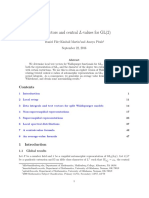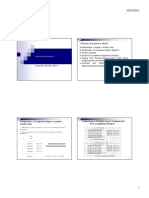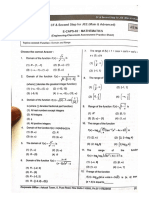0% found this document useful (0 votes)
32 views17 pagesComp Loops
The document contains a series of Java programs designed for Class IX and X students, each focusing on different number-based problems such as finding factors, calculating the sum of digits, checking for special number types (like spy, perfect, pronic, palindrome, etc.), and more. Each program includes a brief description of the task, example inputs, and expected outputs. The document serves as a practical guide for students to learn programming concepts through number manipulation.
Uploaded by
Mark wahlburgerCopyright
© © All Rights Reserved
We take content rights seriously. If you suspect this is your content, claim it here.
Available Formats
Download as PDF, TXT or read online on Scribd
0% found this document useful (0 votes)
32 views17 pagesComp Loops
The document contains a series of Java programs designed for Class IX and X students, each focusing on different number-based problems such as finding factors, calculating the sum of digits, checking for special number types (like spy, perfect, pronic, palindrome, etc.), and more. Each program includes a brief description of the task, example inputs, and expected outputs. The document serves as a practical guide for students to learn programming concepts through number manipulation.
Uploaded by
Mark wahlburgerCopyright
© © All Rights Reserved
We take content rights seriously. If you suspect this is your content, claim it here.
Available Formats
Download as PDF, TXT or read online on Scribd
/ 17







